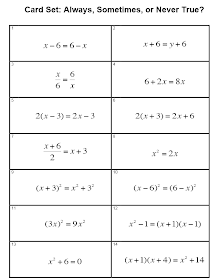Give an example or a situation to bolster your position.
- For a high school project, I conducted a census to determine the average rate that teenagers charge for babysitting.
- Even though the study used a convenience sample, the results may be meaningful.
- The study must have been biased, because it concluded that the 75% of Americans are more than 6 feet tall.
- We obtained a simple random sample of milk-producing cows in Jefferson County by drawing the names of 50 dairy farms from a hat and asking the owners of those farms to select three cows for us to study.
- A good strategy for stratified sampling involves first using simple random sampling to choose 500 people, then randomly dividing them into ten groups of 50 to represent the 10 strata.
- Although the study was conducted with a representative sample and careful analysis, the conclusions still reflect the researcher's anti-death penalty bias.



















